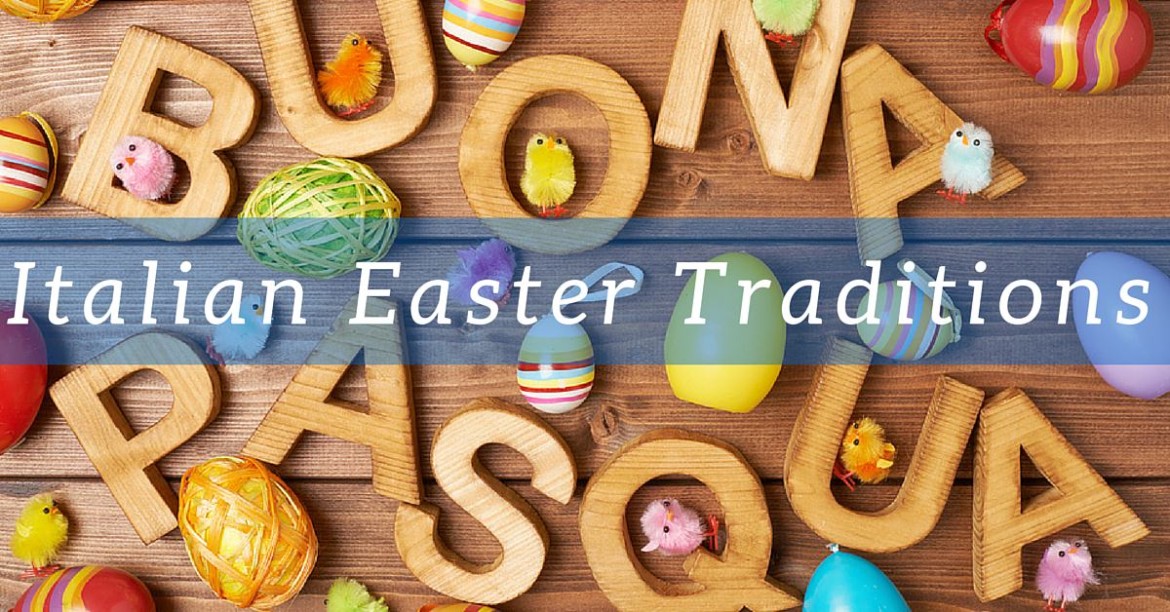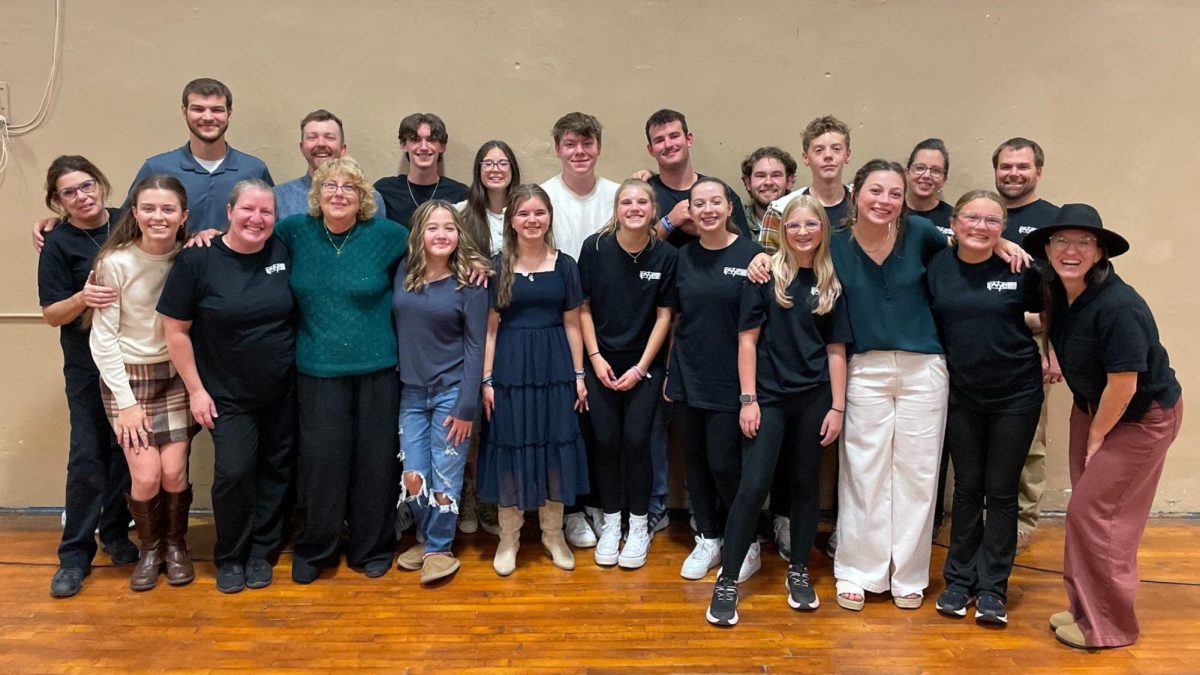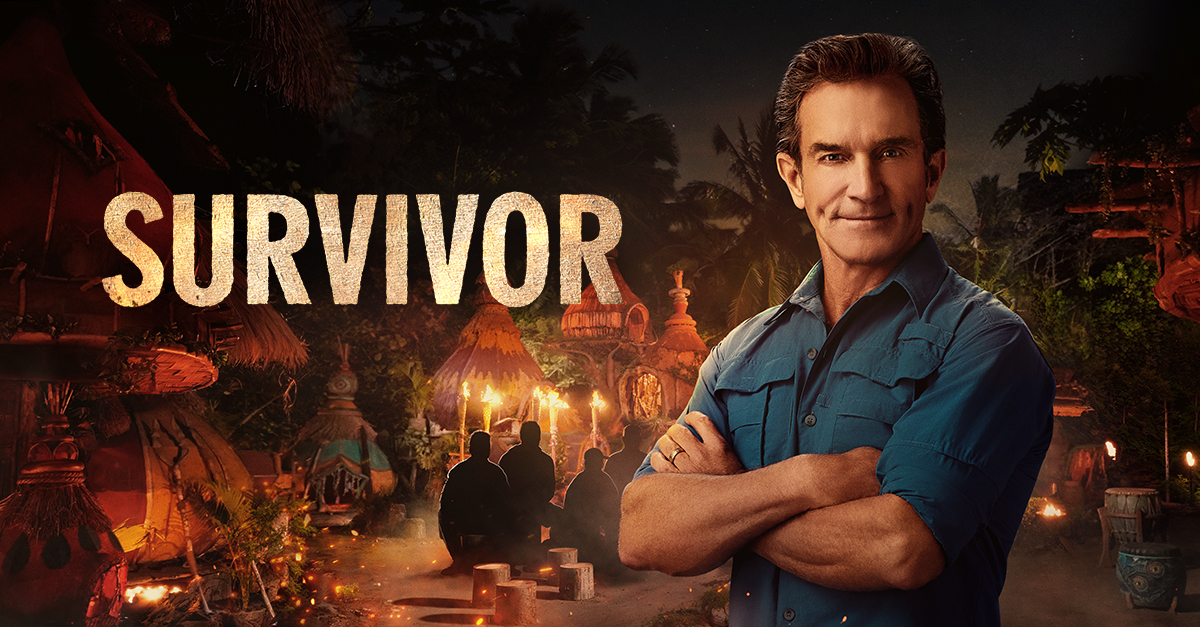Easter, for those who are religious, like here in the United States, is also one of the most important holidays in Italy. The day begins early with Easter Mass, a religious ceremony marking the Resurrection of Jesus Christ. In large cities, such as Rome, a solemn mass celebrated by the Pope is held, while in small towns and villages, local churches are filled with faithful.
After mass, Easter Sunday continues with a family lunch. Easter lunch is one of the most anticipated moments of the year. Each region has its own  culinary traditions, but there are some common dishes that are never missing. Lamb is the symbolic dish of Easter, prepared in different ways: roasted, stewed or with vegetable sides. Along with savory dishes, another symbol of Easter in Italy is the “colomba”, a dove-shaped cake, a symbol of peace and hope. This soft cake covered in sugar and almonds is a true tradition, just like panettone at Christmas.
culinary traditions, but there are some common dishes that are never missing. Lamb is the symbolic dish of Easter, prepared in different ways: roasted, stewed or with vegetable sides. Along with savory dishes, another symbol of Easter in Italy is the “colomba”, a dove-shaped cake, a symbol of peace and hope. This soft cake covered in sugar and almonds is a true tradition, just like panettone at Christmas.
In many homes, chocolate eggs, often with surprises inside, are given to children. When Easter approaches, all the shops fill up with eggs of many famous TV series, characters and brands.
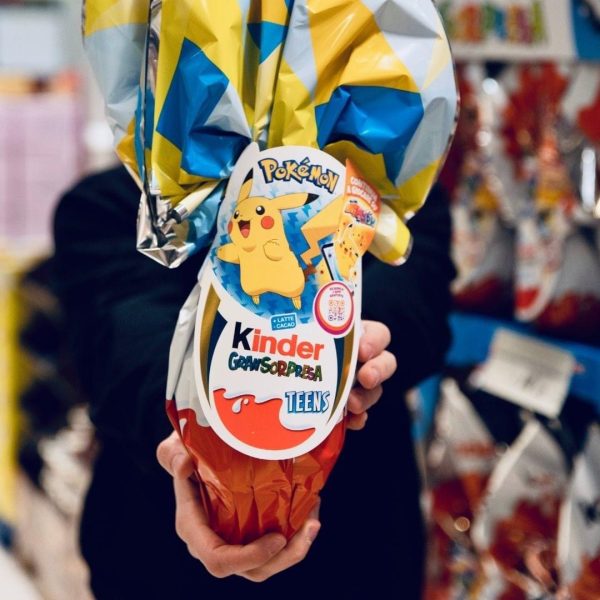
In the afternoon, families still meet to enjoy each other’s company, perhaps walking or taking a trip to the surrounding area. Pasquetta, the day after Easter, is another deeply felt tradition: it is a day dedicated to relaxation and picnics in the open air. Many Italians meet in the countryside or at the seaside, where they organize informal lunches and outdoor games.
In some cities, especially in the south, Easter is also accompanied by large religious processions. In Rome, the Via Crucis at the Colosseum is an event of great spiritual value, which attracts thousands of people from all over the world.
In general, Easter, like many other religious holidays, is experienced as an occasion to spend time together and eat good food.
